How is Purchase Propensity Calculated?
Overview
Purchase Propensity is a metric of bottom-of-funnel impact that is customized specifically to brand campaigns.
There are other bottom-of-funnel metrics, but each have their strengths and weaknesses. Bottoms-up metrics like sales lift and MTA that were designed for direct response campaigns can capture short-term sales impacts quickly at a granular scale, but when applied to brand campaigns intended to drive business outcomes both mid and post campaign these metrics undervalue the campaign. Top-down metrics like MMM do fully value brand campaigns, but are slower and more coarse-grained. Upwave Purchase Propensity is unique in that it fully values brand campaigns at the speed and granularity needed for optimization and data-driven planning.
Upwave measures Purchase Propensity by calculating the impact of the brand campaign on the probability of an individual being a customer as a function of lift in brand KPIs such as awareness, consideration and favorability. We begin by building a brand equity model to understand the impact of brand KPIs on whether or not unexposed individuals will be customers. This model takes into account the varying impact of brand KPIs across various demographic and behavioral factors (e.g. favorability may not be as impactful if an individual has no need for the product being advertised).
Once we understand the relationship between brand KPIs and whether or not an individual is a customer, we then use our incremental brand lift measurements to measure the change in customer probability driven by the campaign and its tactics. Customer probability can be thought of as any other KPI in a campaign; it just happens to be a function of multiple, standard brand KPIs.
This methodology has the following benefits:
Fairly Values Brand and TV Campaigns
When sales lift and MTA methodologies are used to value brand and TV campaigns, the campaigns are generally undervalued. This is because their outcomes are limited to sales observed during the campaign. The average brand loyalty period or product replenishment cycle for nearly every product category exceeds the campaign duration, however, such that ad effectiveness measurement limited to mid-campaign sales data will undervalue brand investments. This doesn't impact direct response campaigns, whose intended outcome is a near-term response. Brand campaigns are intended to drive customer outcomes both during and post-campaign, however, by driving brand attitudes that impact customer outcomes in the future.
Faster than MMM
MMM fairly values brand campaigns, by modeling long-term customer outcomes as a function of multiple variables such as advertising, economic variables and competitive changes. As a result, MMM reports take longer to calculate, produce more coarse-grained results and don't benefit from bottoms-up campaign data as is available from brand campaign measurement.
FAQ
Does this mean other activities like direct response marketing, product or distribution don't matter?
No.
Does Purchase Propensity capture both new customer acquisition and customer retention?
Yes. Upwave Purchase Propensity reflects the lift of a campaign on both acquisition and retention of customers.
Does Purchase Propensity account for whether those reached by the campaign are already customers?
Yes. Upwave Purchase Propensity accounts for the portion of a campaign reach that are customers and non-customers. So, for example, if a campaign drives retention but not acquisition, but the campaign reaches mainly non-customers, then the Purchase Propensity will be lower as a result.
How do I calculate the revenue impact of my brand campaign?
Upwave Purchase Propensity is expressed as a percentage. To calculate the revenue impact of a brand campaign, multiply Purchase Propensity by two factors: the reach of the campaign and the average customer lifetime value of the product.
